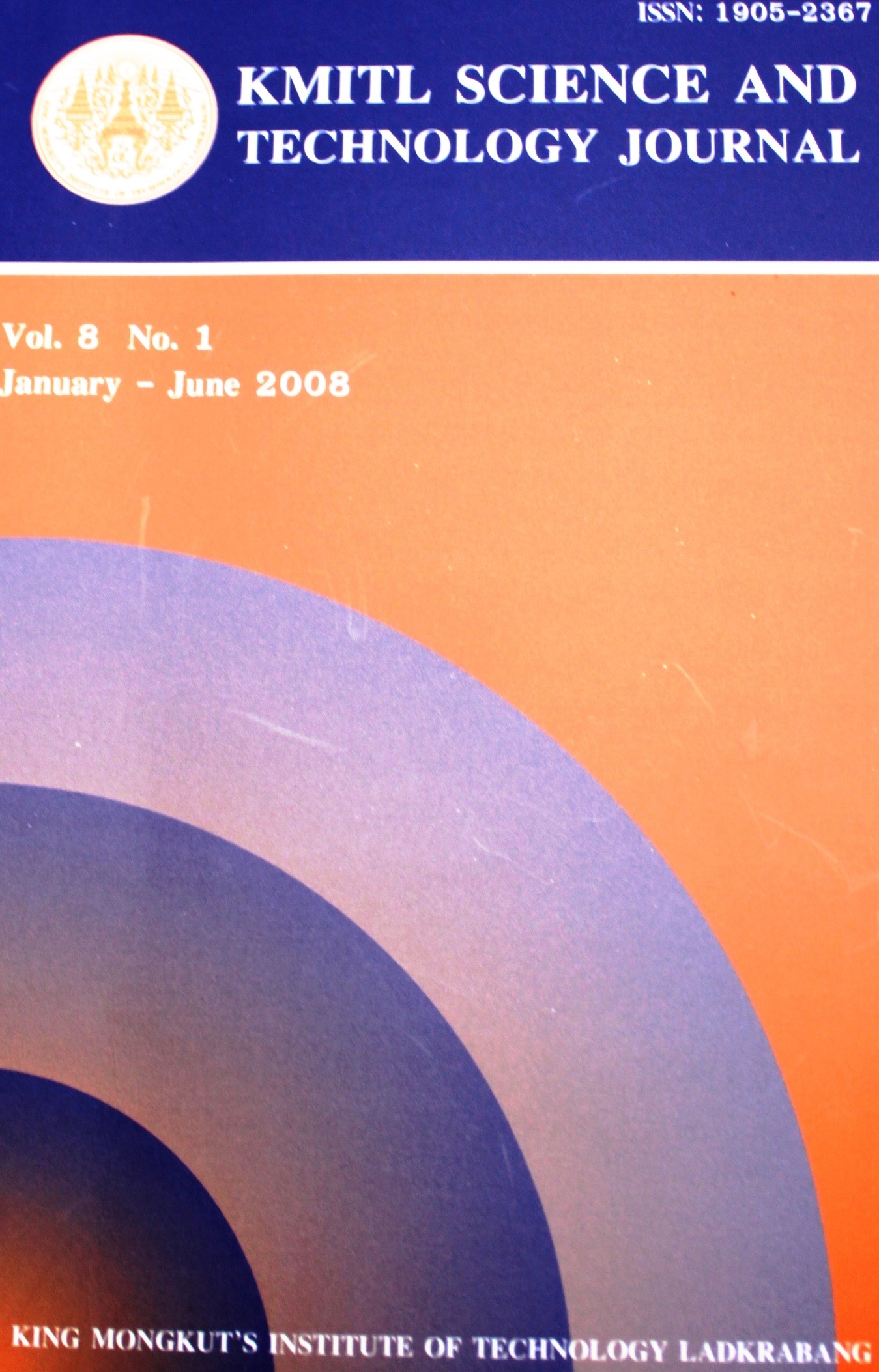Fenugreek (Trigonella foenum-graecum L.) is an annual legume crop. Recently a new forage cultivar, Tristar, was released for use by western Canada producers. Experiments were conducted to determine appropriate cultural practices for maximizing forage and seed production in this crop. Annual variation in climate and soil moisture conditions significantly affected forage and seed yield of fenugreek. Application of phosphate fertilizer (0, 30, 40, 50 and 60 kg/ha) also had a significant effect on forage and seed yield. For seed yield 40 to 50 kg/ha of phosphate application was effective while high forage yield was obtained when 50 to 60 kg/ha of phosphate was applied. Combining seed after swathing yielded significantly more seed in Tristar fenugreek than direct combining (p <0.001). These experiments indicate that the uses of appropriate agronomic practices are necessary to maximize forage and seed production of this new crop cultivar in dark brown soil zones of the Canadian prairies.
KEYWORDS: fenugreek, Trigonella foenum-graecum L., phosphate fertilizer, swathing
E-mail: acharya@agr.gc.ca
Basu, S. K. ., Acharya*, S. N. ., & Thomas, J. E. . (2018). Application of Phosphate Fertilizer and Harvest Management for Improving Fenugreek (Trigonella foenum-graecum L.) Seed and Forage Yield in A Dark Brown Soil Zone of Canada. CURRENT APPLIED SCIENCE AND TECHNOLOGY, 1-7.
